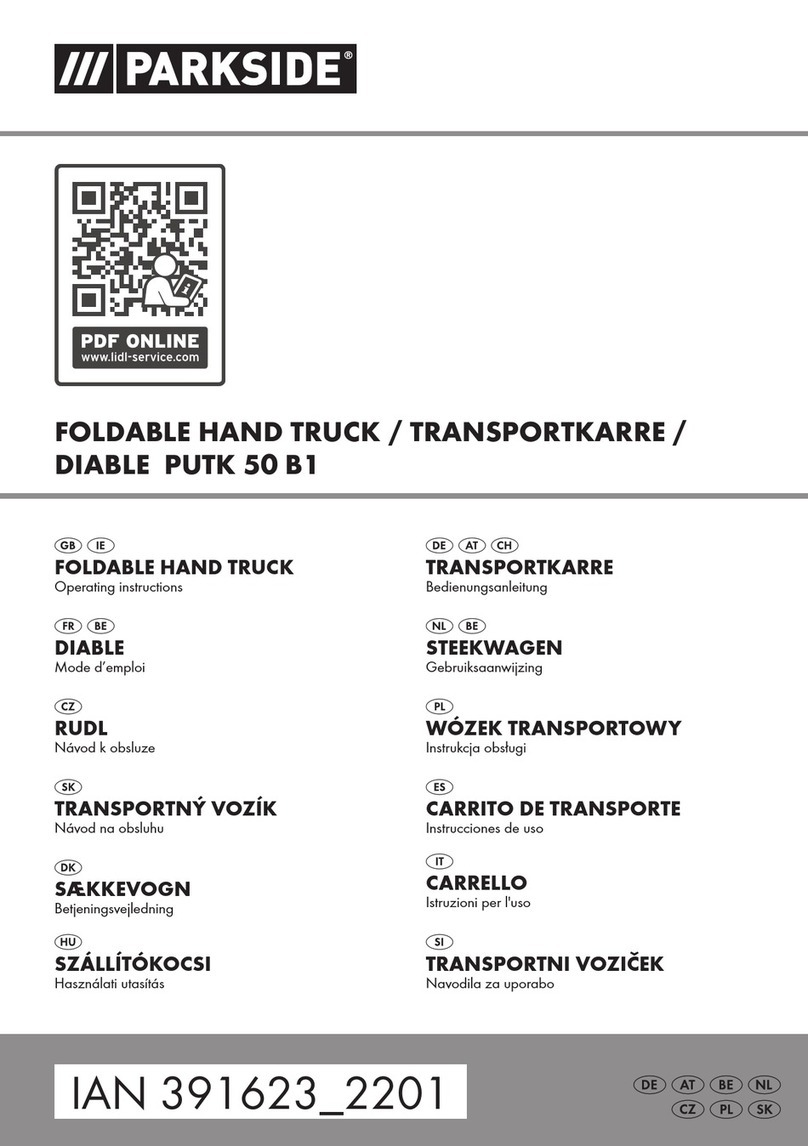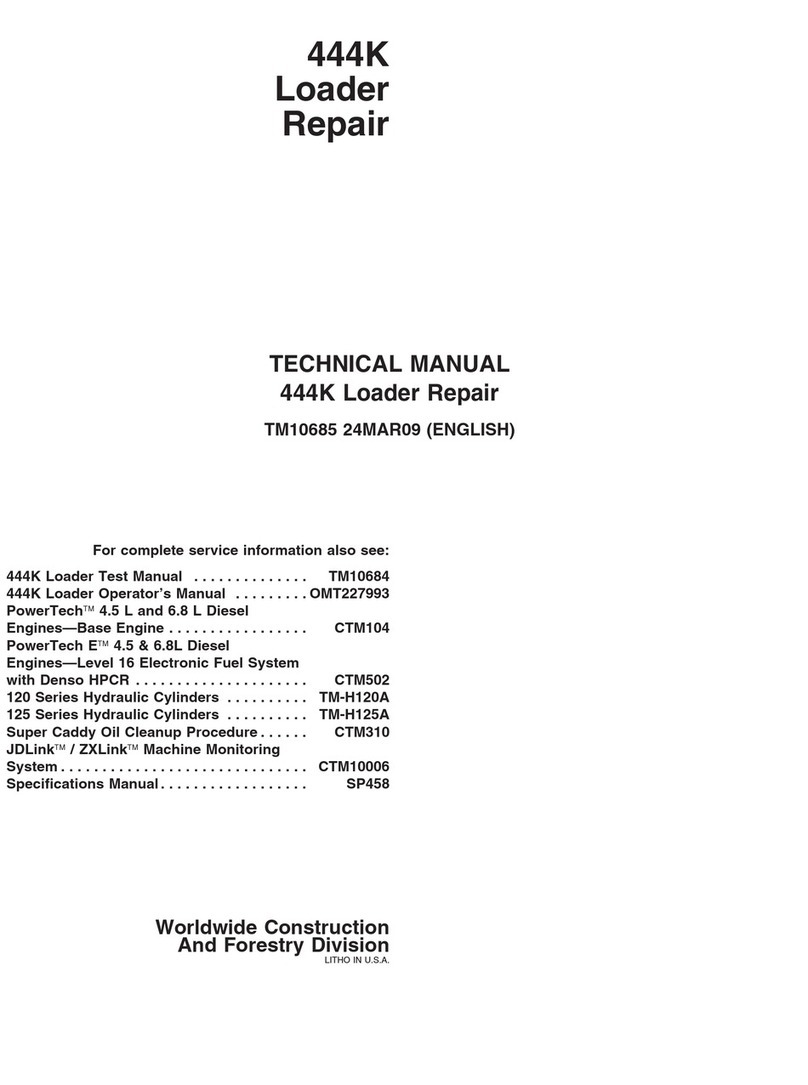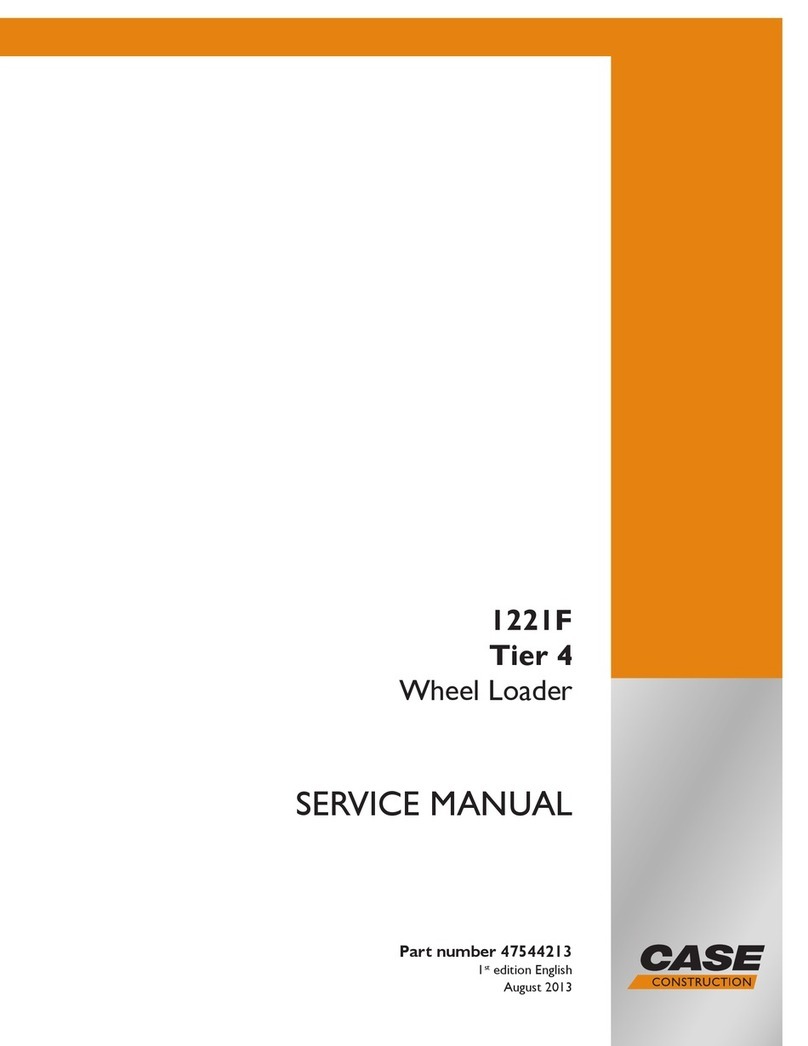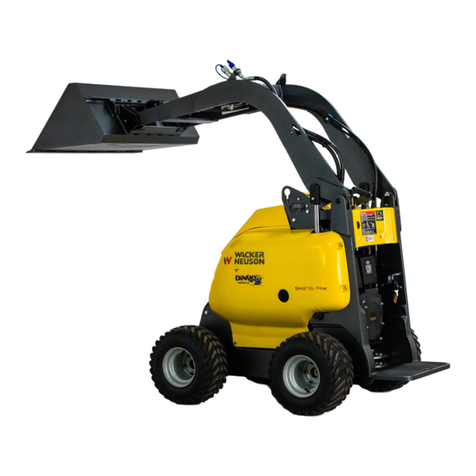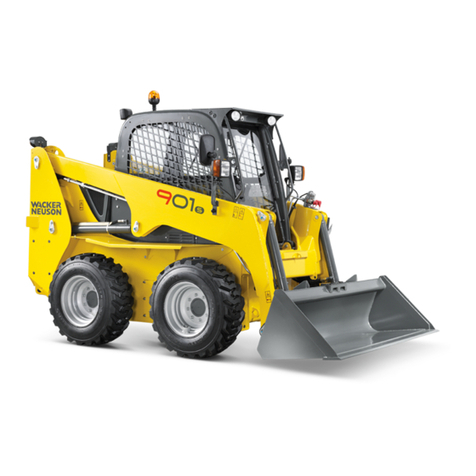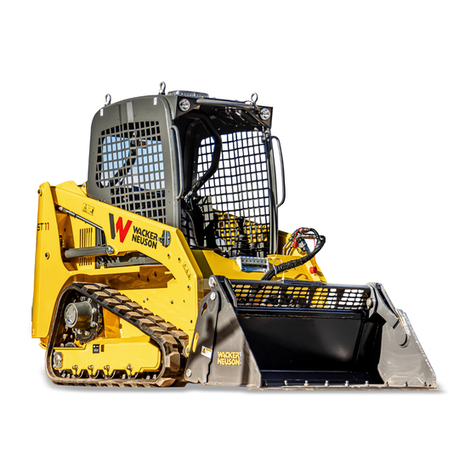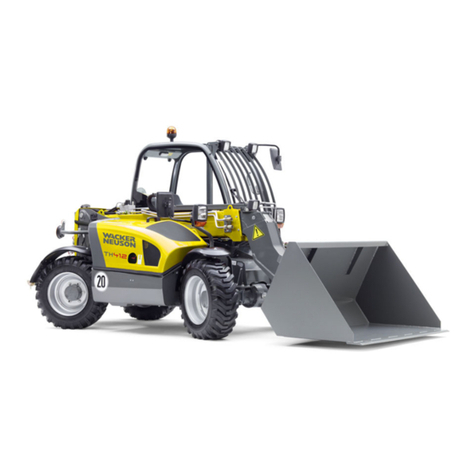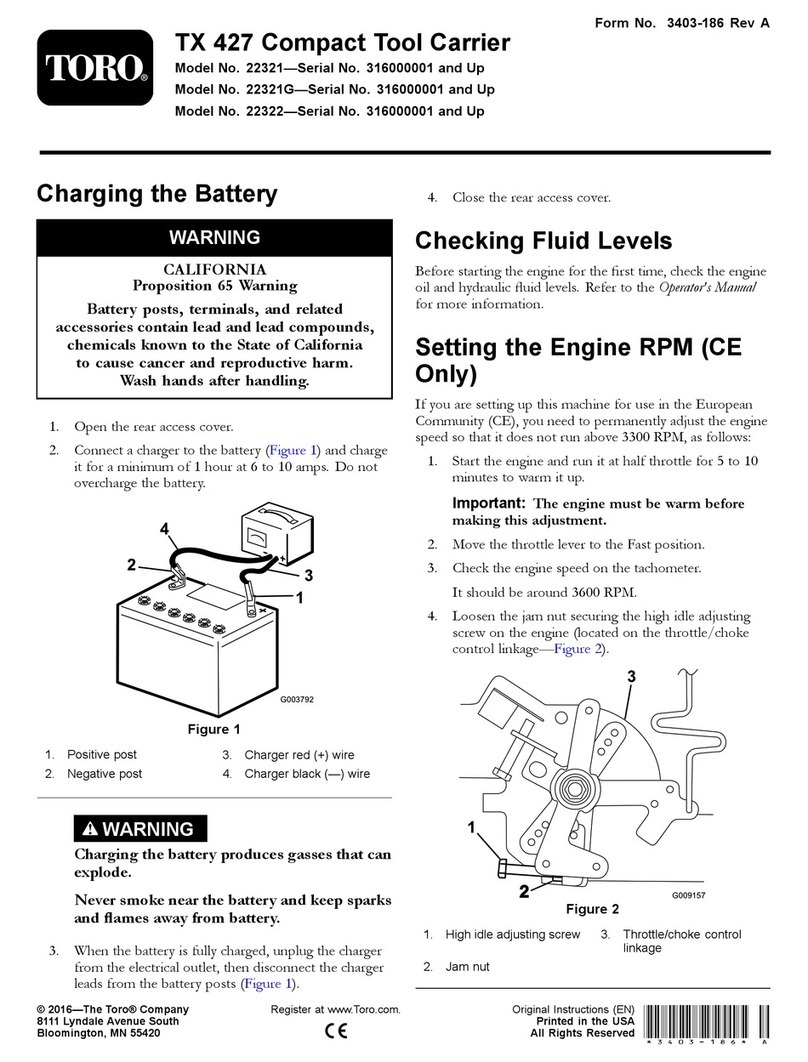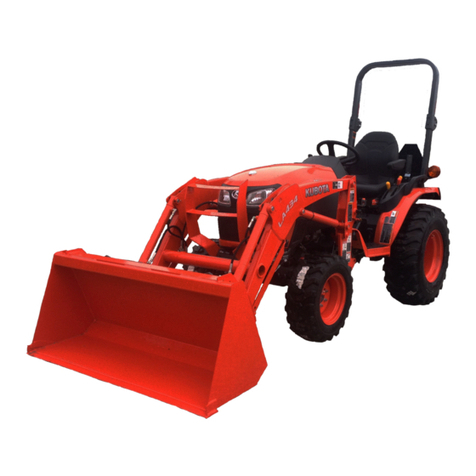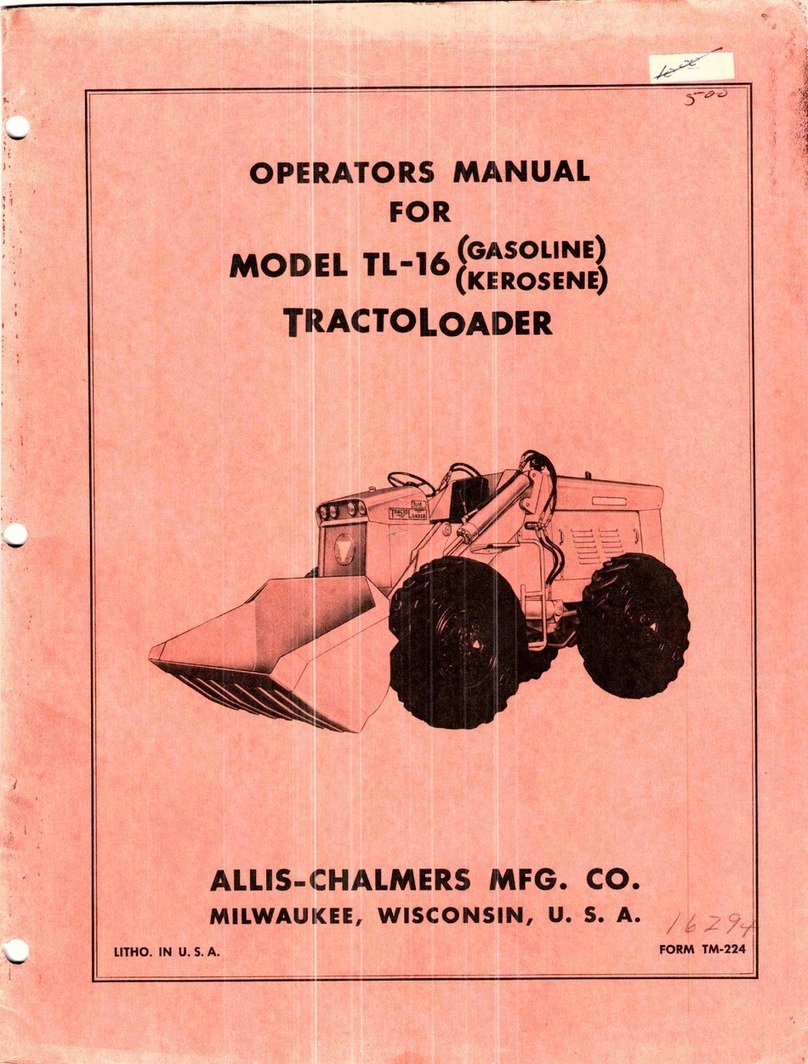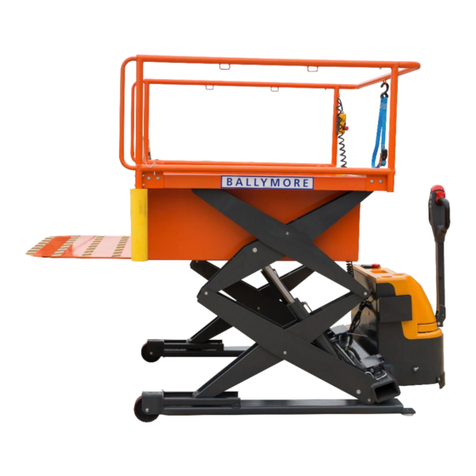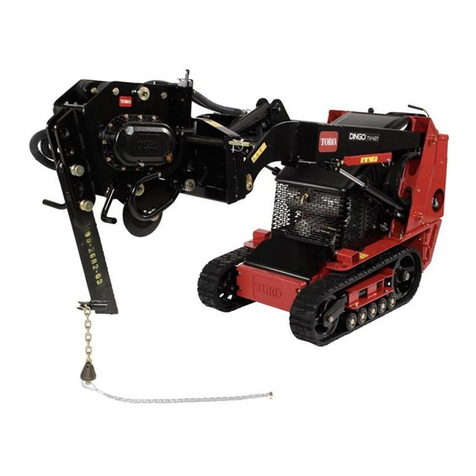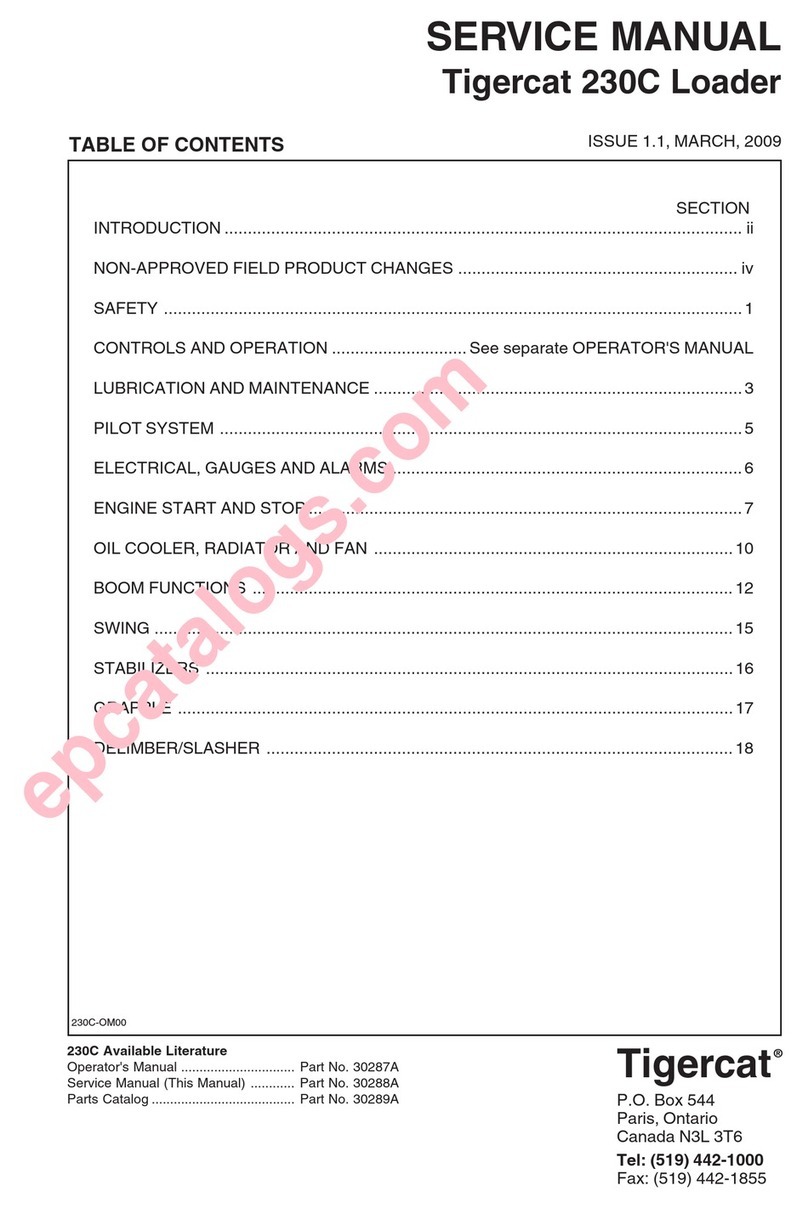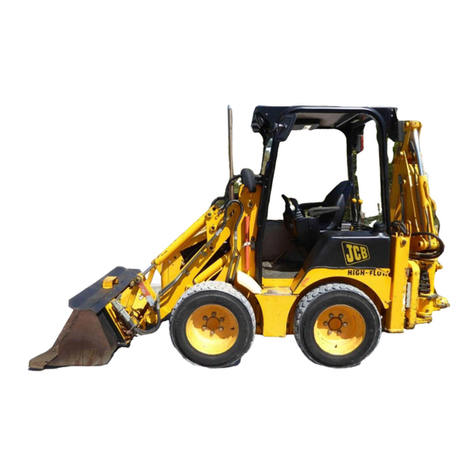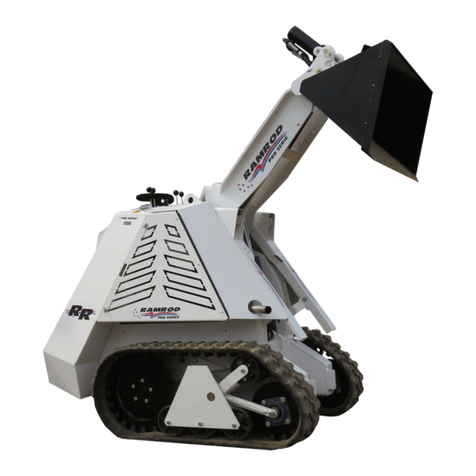
2
- This manual is supplied together with the spare parts manual with each machine.
- The manual was created and formulated in conformity with the EEC regulations and in particular
with the UNI-ISO 6750 regulation.
- The manual supplies information about the operation of the machine, with particular reference to
the safety procedures to adopt during its use. Furthermore, it contains useful advice and information
for its maintenance.
- The information supplied does not claim absolute working safety, but supplies a reliable basis for
its achievement.
- Safety instructions and precautions to be applied in general or in particular are listed in each
chapter in correspondence to the operating specifications.
- Please follow the instructions in this manual and scrupulously follow the recommendations.
Respecting the procedures will allow operating in absolute tranquillity and safety.
- The company, in its constant search to improve its products, or for reasons of constructive, technical-
functional and commercial requirements, reserves the right to modify the machine without the
obligation to timely update the sections of this publication involved.
- Designs and texts may disagree more or less obviously with some technical characteristics of the
machine; in this case, contact the manufacturer before proceeding.
- In the manual, and if necessary on some parts of the machine, certain symbols are used, followed
according to the case by messages inherent to safety. For more attentive and easier reading of
these, follow the warnings as described below:
DANGER
Where this symbol appears, there is a high degree of danger and risk for the safety and life of the
operator or other persons. Use all the precautions and measures recommended in this manual and
dictated by common sense.
WARNING
This symbol, signals the presence of a potential danger which can be avoided by following and
respecting the instructions listed in this manual or using the right precautions.
The use of the machine is subordinate to reading and knowledge of this manual
with particular reference to the information regarding safety.
This manual must always accompany the machine and must be kept within easy reach of the
operator. Other than providing instructions on the proper use of the machine, it guards against risks
and dangers deriving from improper use and not in conformity with the use for which it was intended.
CONSERVE THIS MANUAL FOR THE FUTURE REFERENCES
PRELIMINARY INFORMATION

